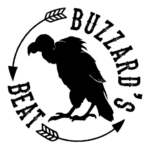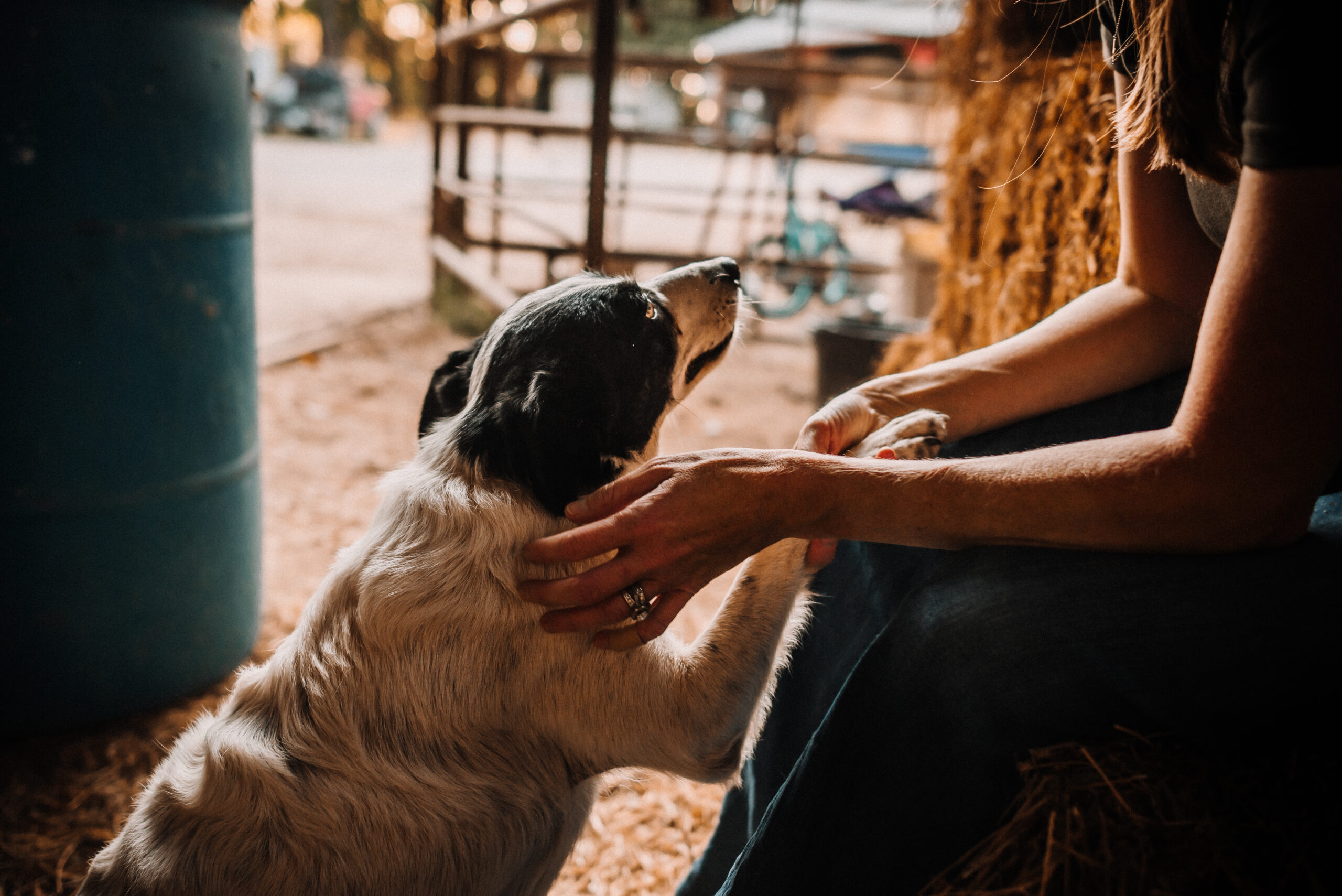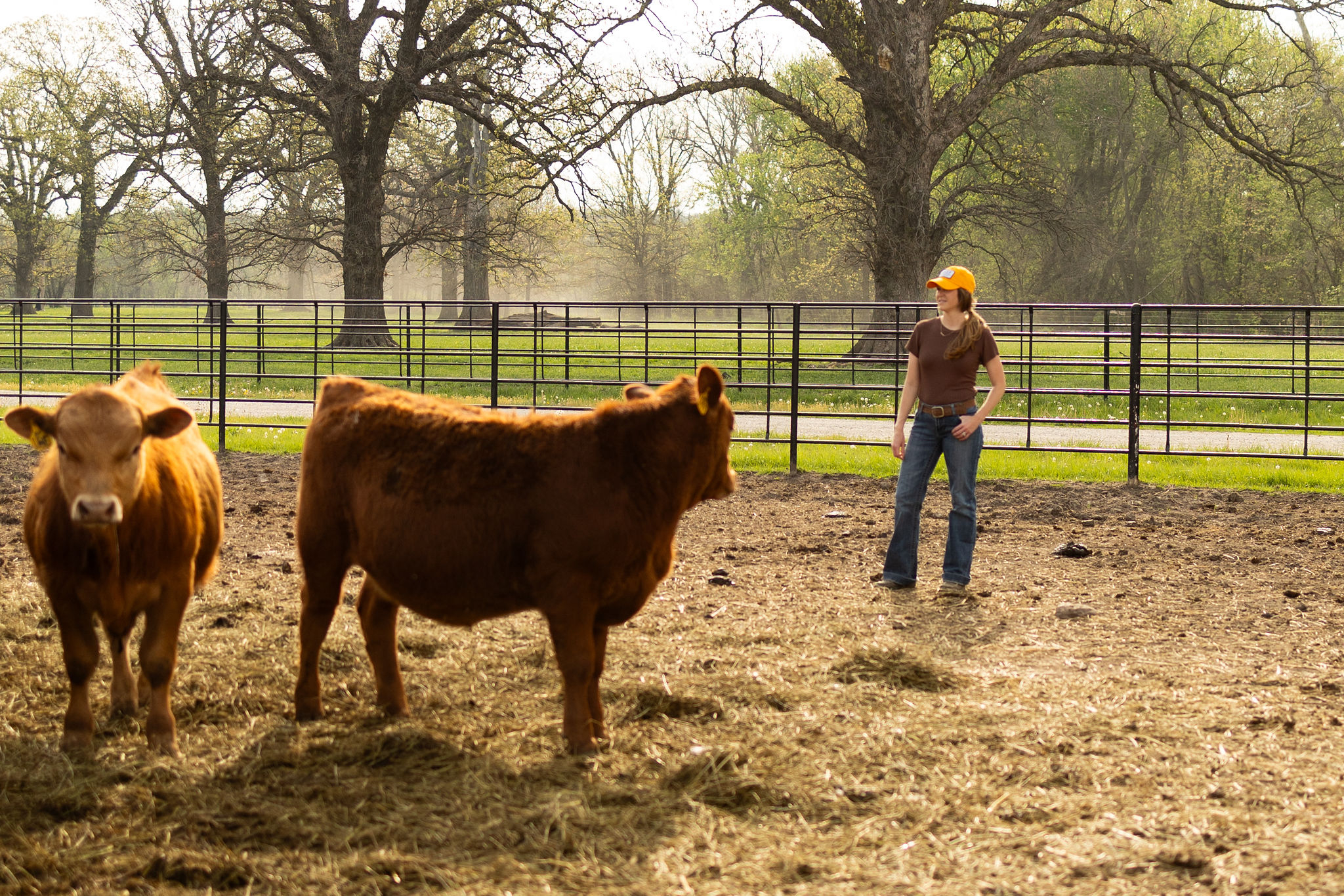Dear Epicurious editors and stakeholders,
As a working mom, I’m a big fan of the wide variety of quick, easy and tasty recipes that adorn your website for folks like me who need supper in a hurry (especially when it’s a last-minute decision). In fact, a few of my favorites are your hamburger soup, pork chops with apples and sage and candied pecan and bacon sundaes (highly recommend, y’all). But I have to admit, your decision to remove meat from your recipe curation and content leaves me feeling very confused. As a cattle rancher living underneath wide open blue skies, with acres and acres of green grass at my doorstep, I struggle to see where the concrete connection between cows/livestock was made with “unideal food choice.” I understand your company wants to support a healthy environment, sustainable food and pro-planet ideals – I do too! Let me share a few ways we work every single day to preserve our environment and raise a healthy, sustainable food supply.

- I’m a big fan of science as are many ranchers and farmers – science is what guides our management decisions. I feel confident in the scientific data shared from the Environmental Protection Agency that shows cows are responsible for less than 3% of nationwide GHG and agriculture, as a whole, accounts for less than 10% of GHG emissions. That’s a pretty small percentage for the industry that is responsible for an expansive and affordable food supply (comparatively, transportation in the U.S. is responsible for nearly 30% of GHG).
- On our ranch, we are big fans of rotational grazing which means our cows graze on a pasture for a few weeks and then are moved on to the next pasture. This allows our grass to regrow and preserve the root system. When the root system stays healthy, the water-holding capacity of the soil increases and that improves the ability of the soil to retain nutrients. Its a big, healthy cycle of dirt, water and grass.
- Just this morning, we baled some rye grass into ryelage to feed our cows and bulls this fall. The rye was planted as a cover crop on some of our land to prevent the soil from eroding. When soil erodes, (as is difficult to avoid where we live in a flood plain and are also plagued by 25 mph winds), ecosystems are degraded, water quality drops and hydrogeological risks are increased. By managing our land with different grasses (forages), we are able to preserve and protect it.
- There are so many things that cows do well but something that often goes overlooked is their redistribution of carbon into the soil during grazing – we like to call it “carbon farming” out here in flyover country but the scientific name for this, carbon sequestration, is the long-term capture and storage of carbon from the atmosphere, typically as carbon dioxide. Basically, when cows are grazing in pastures – like they do for most of their lives – they are restoring carbon to the soil while simultaneously reducing greenhouse gas emissions and turning grass into nutritious beef for families like mine across the United States. Pastures and grasslands make up nearly 30% of U.S. land mass; avoiding the conversion of this land into tillable crop acreage can help prevent further greenhouse gas emissions. In fact enhancing carbon sequestration through properly managed cattle grazing practices can reduce the carbon footprint of beef dramatically.
- Food waste is a huge pet peeve and passion project of mine. Thankfully, our cows are amazing upcyclers and recyclers – they are able to help reduce food waste just by eating! Cows consume food by-products that humans can’t (or won’t) eat and upcycle them into steaks, roasts and burgers. For example, in Kansas, Iowa, Missouri and other Midwestern states, we have access to distillers dried grains (DDGs) which are a by-product of ethanol production (a biofuel). DDGs are not suitable for human consumption but cows find them quite tasty. Another form of upcycling occurs when cows eat food stuffs such as sugar beet pulp, potato waste and peanut skins which are normally discarded but are palatable for cows. Yet another instance of upcycling occurs from the by-products of producing plant-based “meats.” These “meat” products are made from wheat and potato protein and the process to extract these proteins leaves behind quite a bit of waste which humans cannot eat but cattle can! Cattle eat by-products of other industries – fuel and food are just two examples – that would otherwise rot in a landfill.
In your Instagram post, you said “It’s about sustainability and being pro-planet. Our mission is and will always be the same: to inspire home cooks to be better, smarter, and happier in the kitchen.”
Part of being a smarter home cook is to truly know where our food comes from and all that goes into growing and raising it.
Brandi Buzzard

My family and I would be honored if your team would come see our ranch and learn about how we raise healthy, sustainable beef that preserves the land for future generations but also provides a high-quality protein for home chefs and hungry diners around the world. We have baby calves running around, knee-high green grass, sunshine (and wind) and we’d love to host you.
Looking forward to hearing from you!
Until next time,
~ Buzzard ~
P.S. If you wish to receive posts in your inbox automatically, sign up on the homepage in the right side pane. Furthermore, follow my ranch life activities on Instagram: @brandibuzzard.



